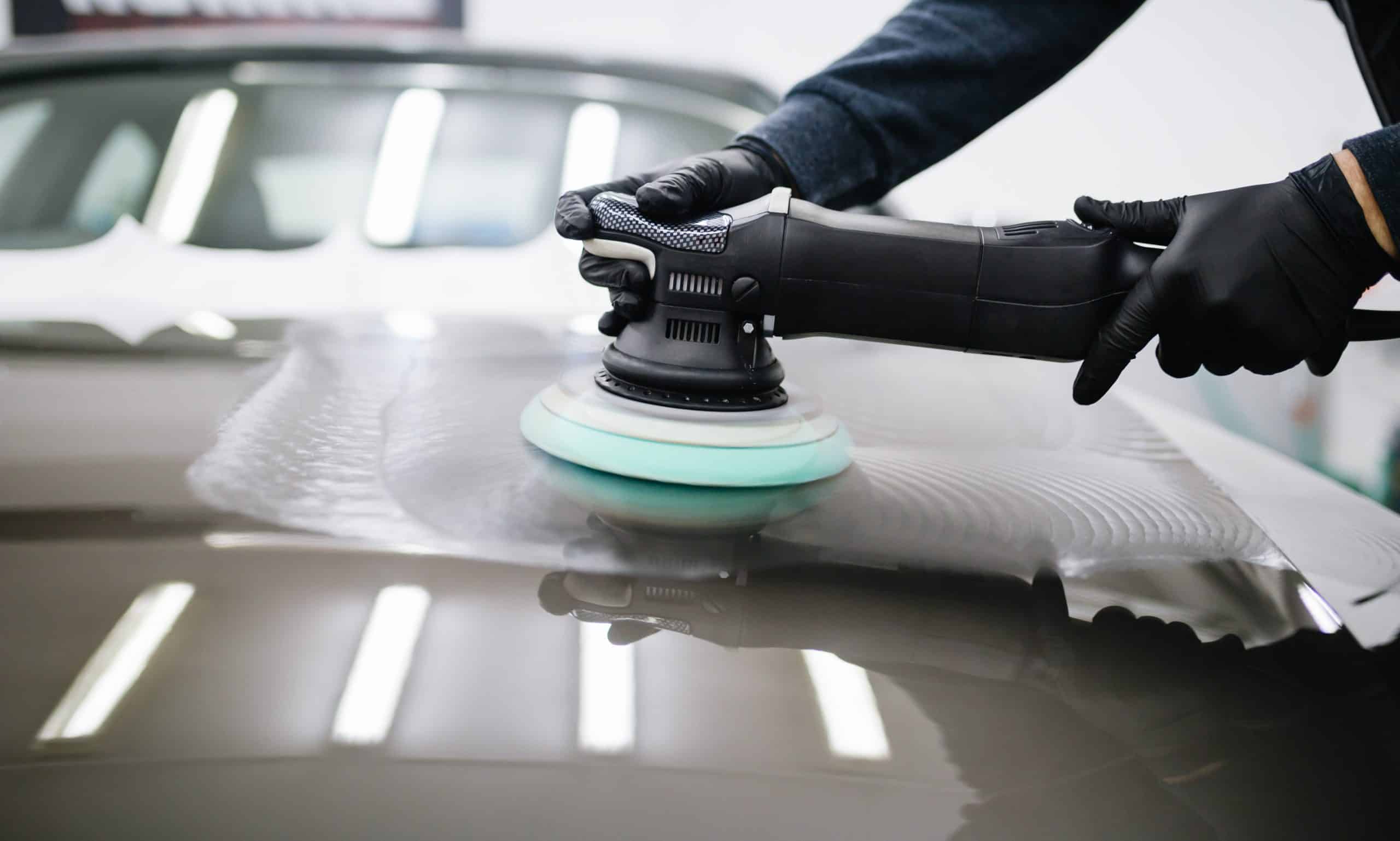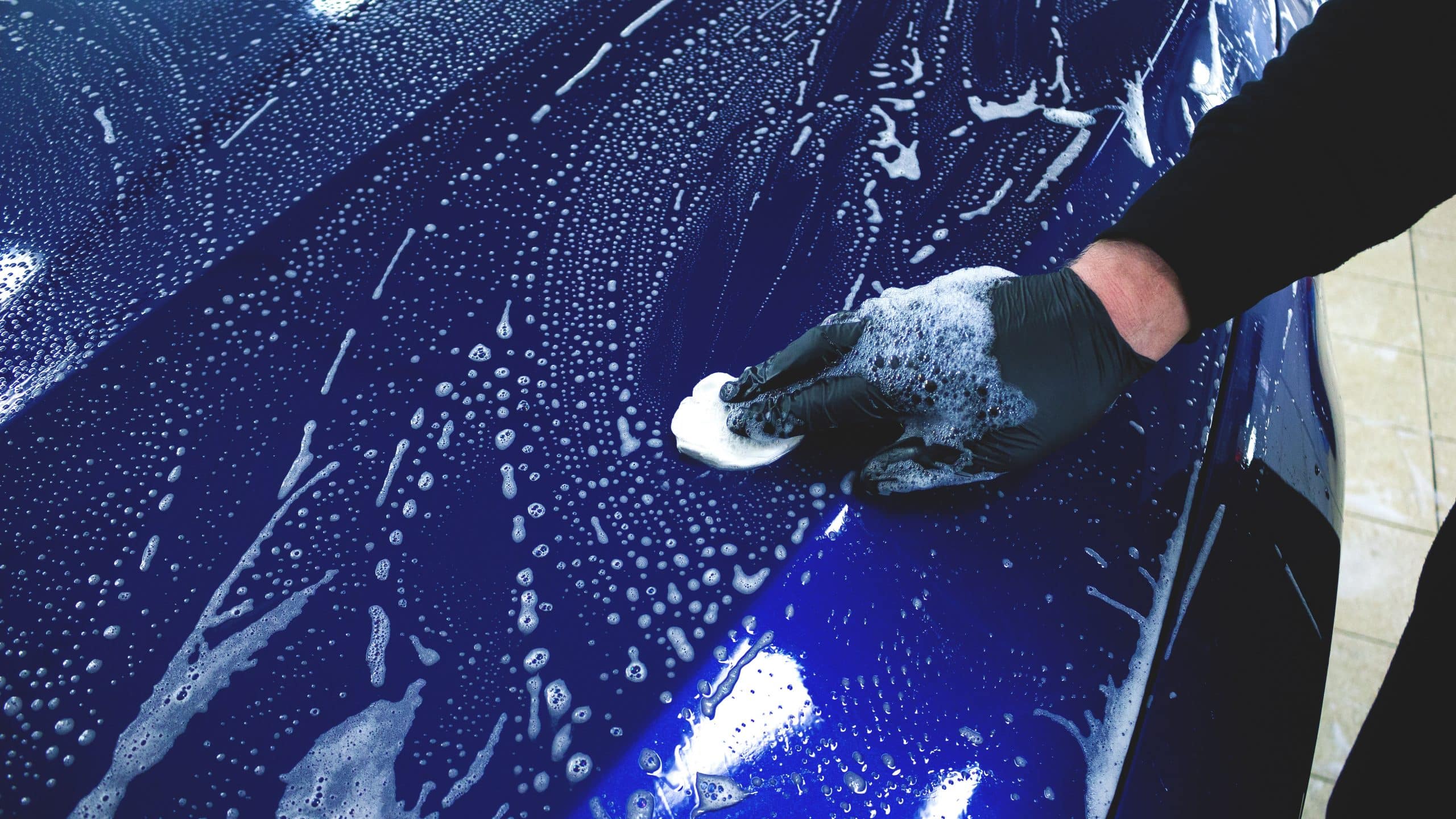
Share
Tweet
Share
Email
Share
Table of Contents
Reaching a Higher Level
In many cases it is handy or even necessary to support, raise or even lift your car for inspection or maintenance. This can be achieved in many different ways depending on the working clearance needed, the available working space and the budget you want or have to spend. You will also have to ask yourself if you need a compact stow-away type of solution or a full size permanent one. A compact stow-away solution is the least expensive and intrusive and takes less free space. A big disadvantage is that you will have to set it up each and every time you use it. It will have to be stowed away afterwards too, taking up storage space. A permanent car lift on the other hand, is always there when you need it with no hassle. It can also double as an extra car or equipment storage level. This makes up for the space you’ll lose when it’s not in use. Before considering a permanent car lift you will need to check available height, length and width though. Any solution you choose should be considered very carefully because all solutions have advantages as well as disadvantages. Do not underestimate the necessity and frequency of use. Once you have access to a lifting solution, you’ll ask yourself how you did so long without! Difficult, sometimes dangerous inspection, maintenance or repair jobs you had to outsource (and pay a lot of money for) suddenly are literally within reach and even fun. It will give a boost to your abilities and skill set. Your maintenance skills will “reach a higher level”, so to speak… There are many car lifting solutions out there. It’s really hard to choose between them. Some work well, some not so well, some are outright dangerous. With the selection we recommend, you can’t go wrong. No matter what budget or situation, there’s something for everyone:CCM’s Top 4 Best Car Lifting Solutions:
Car ramps
- Put the wedge shaped ramps in front of the car (2 or 4 pcs.) and very gently drive on ‘em and stop when you feel resistance from the ramp edge.
- Check that all wheels are sitting in the center of each ramp.
- When work is done, drive off in the opposite way.
- Cheap.
- Fast.
- 100% “monkey-proof”.
- Can be used to lift one or both sides (1 pair / 2 pairs).
- Lightweight.
- Easy to store even in wet conditions.
- No power supply needed.
- Limited to about 8” lift.
- Non-adjustable.
- Very low cars may have trouble driving up the ramps without rubbing their “nose”.
- Only vehicles with +8” ground clearance can be lifted using 4 ramps! Lower cars can only be raised at one end.
Wheel Cribs
- Fast.
- 100% “monkey-proof”.
- Can be used to lift one or both sides (1 pair / 2 pairs).
- Lightweight.
- Easy to store even in wet conditions.
- No power supply needed.
- Limited to about 12” lift.
- Non-adjustable.
- A long reach jack is needed to jack your car this high.
JACK + JACK STANDS
- Easy access to the underside, wheels and brakes of your classic at a budget price.
- lightweight.
- Flexible setup.
- Easy storage.
- Simple mechanics.
- Never breaks down.
- No power supply needed.
- A jack and jack stands are basic garage tools that you can use for other jobs too.
- Far from “monkey-proof”.
- Setup has to be on a level, stable surface.
- Maximum working clearance of about (16 inch) 28 inch.
- Some skill and experience are needed to assure safe setup and removal.
- Takes some time and patience.
4-Post Moveable Car Lift
- Drive on the ramps in the lowest position, lift it to the desired working height, get the job done, lower it to the lowest point, drive off.
- This is as simple, safe and ergonomic as it gets!
- Fast.
- Suitable for any car.
- 100% “monkey-proof”.
- Roll-on roll-off.
- In- and outside use.
- Moveable on its own wheels.
- Fully adjustable from floor to full height.
- Working on a car at standing height is the ultimate luxury!
- Needs power supply
- does not roll over uneven or soft surface or over cables.

Frank
Frank is a true DIYer and car enthusiast with over three decades of hands-on experience. He's mastered everything from classic car restoration and detailing to drafting renovation blueprints and construction. With a penchant for tools and home improvement, he's constantly enhancing his house and garden. In his garage, his passions merge as he meticulously maintains and refines his beloved cars. Seeking to channel his vast DIY knowledge and professional experience in product analysis and trade, he founded this site. Offering readers invaluable insights to maximize value and achieve project success, Frank ensures you get the real deal in a world full of hyped-up products and sneaky paid promos.
Share
Tweet
Share
Email
Share











